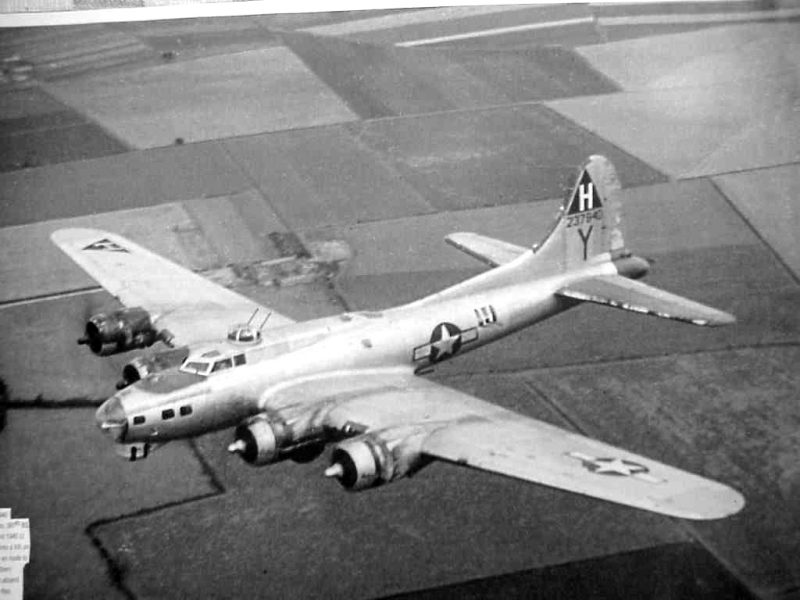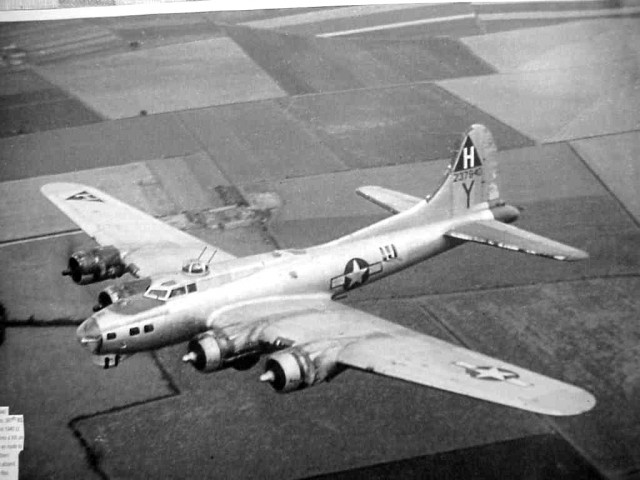Just before the end of World War Two in April 1945, troops back in Allied territory such as the UK and France began to relax a little.
Ten US Army servicemen and women were heading from their base in England to Northern Ireland to collect whiskey supplies for Allied troop parties in a B-17 bomber.
The bomber was being piloted by experienced airman Lieutenant Robert Vielle and was on its way when it flew through some bad weather over the Irish Sea. Robert veered the aircraft off course trying to find a clear route through to Ireland, but unfortunately the plane crashed and exploded on impact in a field on the Isle of Man.
While bad weather caused the plane to veer off course, the actually cause of the crash has never been discovered.
Historians say the crash that killed all of those on board was a sign of the madness of war.
Emily Rea was one of the passengers on the plane. She worked with the Red Cross where she set up clubs for servicemen so that they had somewhere to relax and unwind when they were back at base in England.
The crew and passengers were all between 21 and 35 years of age.
Locals from the Isle of Man say that a patch of soil has been left bare where the plane crashed. One eye witness remembers how the field turned into a burning furnace when the plane crashed. The aircraft was completely obliterated and its ammunition kept exploding after it had crashed.
The US B-17 Flying Fortress bomber was a big aircraft with four engines 12 machine guns and could carry tonnes of bombs.
The actual aircraft that crashed in the Isle of Man was an amalgamation of two previously damaged B-17 bombers. The front end from one aircraft had been welded together with the back end of another. It was a well-known aircraft in the squadron and was known for being a fast aircraft. It had flown more than 80 missions over Europe.
Historians say that Allied engineers and ground crew always did an amazing job when making bombers fly again in whatever way they could. This ensured the forces had as many aircraft in service as possible.
Today a granite memorial has been placed near to the crash site in honour of the 11 victims and a memorial service is being held at the nearby town of Perwick this week.
Family and friends of the victims have all visited the site at various times since World War Two, the BBC News reports.
Until the crash happened the Isle of Man had never seen an air crash like it. But only nine days afterwards, another B-17 crashed in the North Barrule area of the island and killed 31 US servicemen.
The Manx Aviation and Military Museum has created a permanent exhibition about the crashes and other war time accounts.

